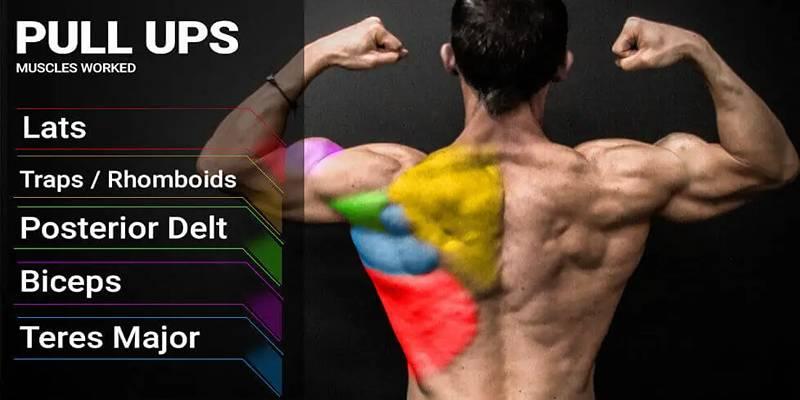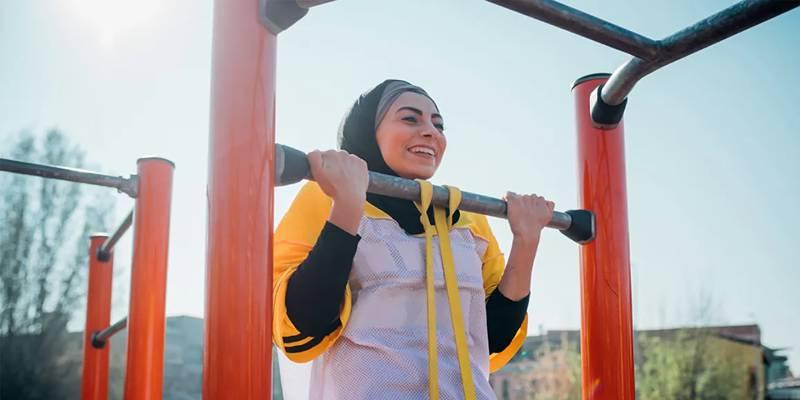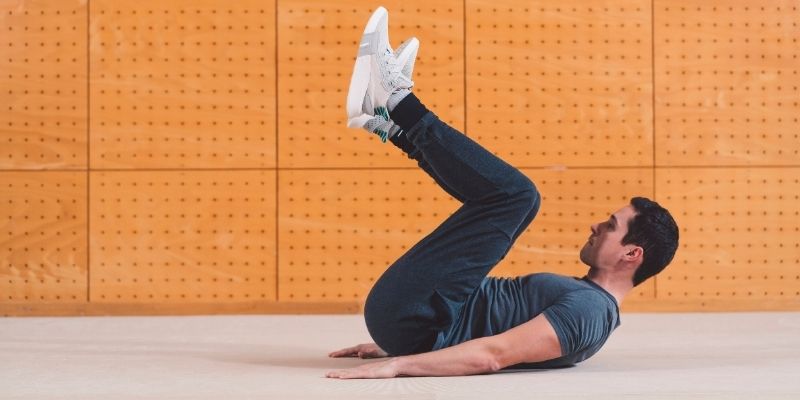Introduction
Assisted pullups are a changed form of the regular pull-up. Support is added to the body to make it easier to lift weights. With this help, people of all fitness levels can exercise correctly and slowly build up the power to do pullups without help. Resistance bands or an assisted pull-up machine are standard tools that can help. This training works best for people starting or getting stronger after not working out. Start with assisted pullups to build back, shoulder, and arm muscles for complete pullups.
Why Are Assisted Pullups Important?
Pullups are among the most effective exercises for building upper body strength but are also among the most challenging. Many struggle to perform even one proper pullup due to the required strength. Assisted pull-ups bridge this gap, making the exercise more accessible while providing significant benefits.
You are able to focus on the correct technique while doing aided pull-ups since the intensity of the exercise is reduced. This allows you to get the most out of your workout overall. Attempting pull-ups without sufficient strength or training may also result in injuries, which can be avoided with their assistance. These workouts are diverse and may develop with you as your fitness level increases since the degree of support can be modified. Furthermore, they can be performed by anybody.
Muscle Groups Targeted by Pullups

Pullups, including the assisted version, are a compound exercise, meaning they engage multiple muscle groups at once. The primary muscles targeted include:
- Latissimus dorsi (lats): These large back muscles are primarily responsible for pulling your body upward during the exercise.
- Biceps: Located in the upper arms, the biceps assist with bending your elbows during each repetition.
- Trapezius and rhomboids: These muscles in your upper back and shoulders provide stability and support throughout the movement.
- Core muscles: Your abdominal muscles and lower back engage to stabilize your body and prevent swinging.
By strengthening these muscles, assisted pullups prepare you for unassisted pullups and improve overall upper body strength and stability.
Standard Methods for Performing Assisted Pullups
Two popular ways to perform assisted pullups are resistance bands and an assisted pullup machine.
Resistance Bands
Resistance bands are elastic bands available in various levels of tension. They support by offsetting a portion of your body weight, allowing you to complete the movement more easily. This method is particularly effective for home workouts, as resistance bands are affordable and portable.
Assisted Pullup Machines
Most gyms have assisted pullup machines, which use counterweights to reduce the effort required to lift your body. These machines allow you to adjust the level of assistance, making them ideal for beginners or those recovering from injuries. Both methods offer unique advantages, and your choice will depend on your personal preference and access to equipment.
Step-by-Step Guide to Using Resistance Bands
Resistance bands are a simple yet effective tool for practicing assisted pull-upsThis comprehensive guide will help you get started:
Step 1: Choose the Right Band
Select a resistance band that provides the appropriate level of assistance. Thicker bands offer more support, while thinner bands require more strength. Beginners should start with a thicker band to build confidence and proper form.
Step 2: Attach the Band
Secure the band around the pullup bar by looping it over it. Place the opposite end of the band under your feet or knees, depending on your choice.
Step 3: Grip the Bar
Grab the pullup bar with your palms facing outward (overhand grip) or toward you (underhand grip, commonly used for chin-ups). Ensure your hands are shoulder-width apart.
Step 4: Perform the Pullup
Engage your back and arm muscles as you pull your chest toward the bar. Focus on a smooth and controlled motion. At the top, pause for a while, then gently descend again. Avoid using momentum to complete the movement. Resistance bands are an effective way to improve strength while practicing proper technique.
Step-by-Step Guide to Using an Assisted Pullup Machine
If you're working out at a gym, an assisted pullup machine offers a stable and controlled environment for learning pullups. Follow these steps:
Step 1: Adjust the Counterweight
Set the machine's counterweight to a level that provides enough assistance without making the exercise too easy. A higher weight equals more assistance, while a lower weight requires more effort.
Step 2: Position Yourself
Stand on the platform or kneel on the pad, depending on the machine's design. Grip the bar firmly with an overhand or underhand grip.
Step 3: Perform the Exercise
Pull yourself upward until your chin is above the bar, keeping your movements steady and controlled. Lower yourself back to the starting position without letting the weights slam down. Assisted pull-up machines are user-friendly and allow you to adjust the difficulty level as you gain strength.
Benefits of Assisted Pullups

Assisted pullups offer more than just physical strength. Here are some key benefits:
- Improved confidence: They provide a manageable way to practice pullups, helping you build confidence in your abilities.
- Better posture: Strengthening your back and shoulders improves alignment and reduces the risk of postural issues.
- Versatility: Assisted pullups can be modified to suit all fitness levels, making them accessible to everyone.
Incorporating assisted pull-ups into your workout routine is a great way to work toward your fitness goals.
Conclusion
Assisted pull-ups are great for building strength and technique for unaided ones. Resistance bands and aided pullup machines promote posture, strength, and confidence. These workouts are simple, effective, and for all fitness levels. Practice often, concentrate on form, and appreciate your improvement. You'll master pull-ups and gain strength and fitness with time and perseverance. Start now and enjoy your path to strength.







